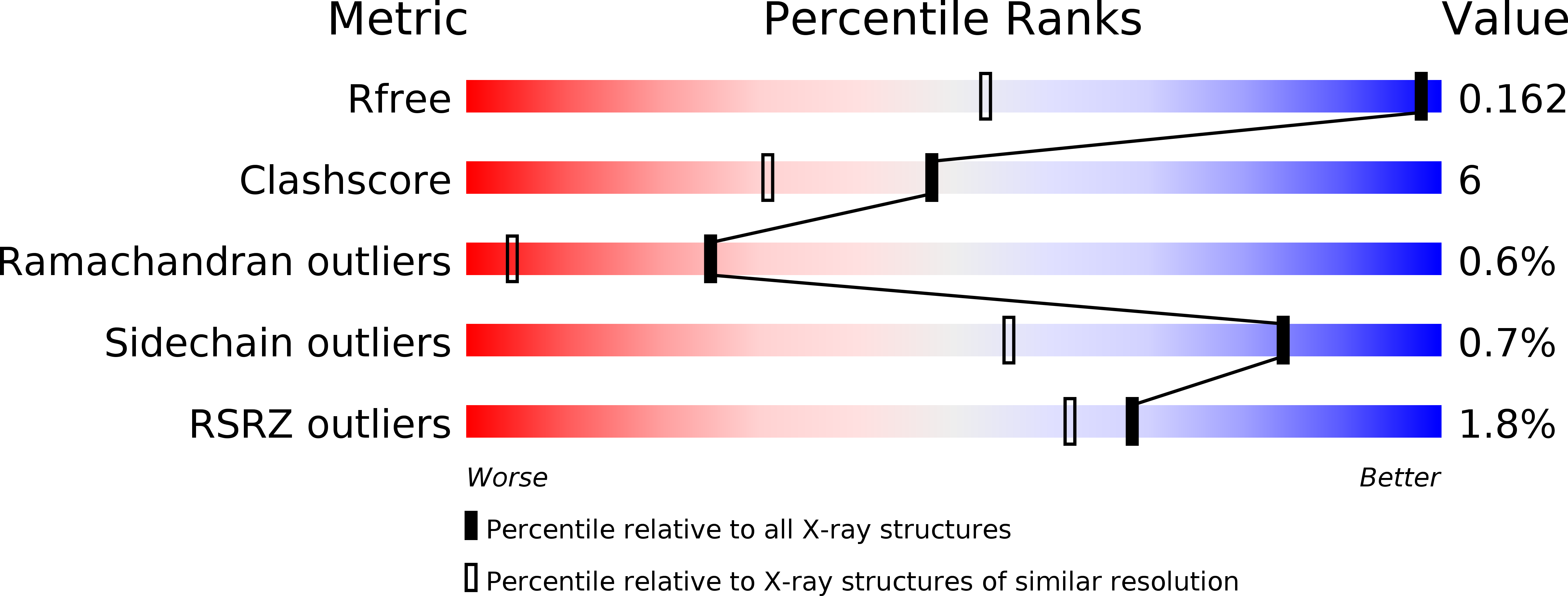
Deposition Date
2011-01-21
Release Date
2012-03-07
Last Version Date
2024-05-01
Entry Detail
PDB ID:
2Y6H
Keywords:
Title:
X-2 L110F CBM4-2 Carbohydrate Binding Module from a Thermostable Rhodothermus marinus Xylanase
Biological Source:
Source Organism:
RHODOTHERMUS MARINUS (Taxon ID: 29549)
Host Organism:
Method Details:
Experimental Method:
Resolution:
1.08 Å
R-Value Free:
0.17
R-Value Observed:
0.13
Space Group:
P 21 21 21


